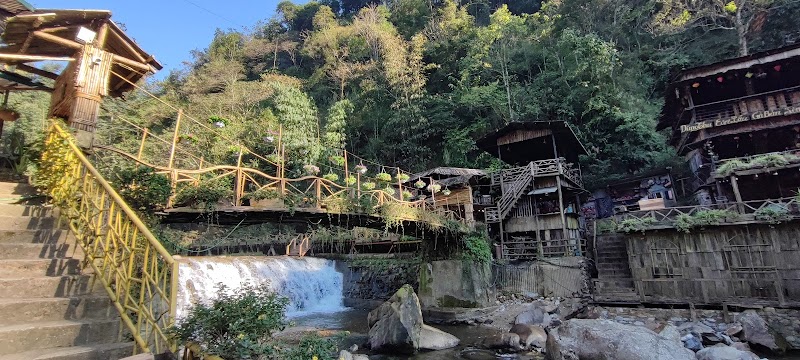
Hoàng Liên National Park Adventures
Hoàng Liên National Park is a mountainous protected area famous for its rich biodiversity and the iconic Fansipan peak, attracting hikers and nature lovers to explore its rare ecosystems and cultural landscapes.
About Hoàng Liên National Park

Hoàng Liên National Park is located in the northwest region of Vietnam within Lào Cai Province, covering an area of approximately 29,845 hectares. This national park is dominated by the Hoàng Liên Son mountain range, including Fansipan, the highest peak in Indochina at 3,143 meters. The park features steep valleys, cliffs, and deep forests with elevations ranging from about 1,000 to over 3,000 meters. It boasts one of the richest biodiversity hotspots in Vietnam, with numerous endemic plant species such as orchids and rhododendrons, and rare animals including the Tonkin snub-nosed monkey and mountain goats. The park's varied ecosystems range from tropical lowland forests to temperate alpine zones, making it essential for conservation and scientific research.
Visitors to Hoàng Liên National Park can engage in hiking, especially the popular Fansipan summit trek, bird watching, and cultural visits to nearby hill tribe villages such as the H’mong and Dao communities. The park is also known for its pristine streams and waterfalls, making it an attractive destination for nature photography. Local festivals and traditional handicrafts add cultural depth to the visit. Accessibility is generally via the city of Sa Pa, from where guided tours and trekking expeditions typically start. The park presents a combination of challenging outdoor adventure and opportunities to experience ethnic culture and mountain biodiversity.
Highlights
Fansipan Peak – the highest peak in Indochina offering panoramic views
Diverse temperate and tropical forest ecosystems
Rare wildlife including the Tonkin snub-nosed monkey
Traditional ethnic minority villages and cultural experiences
Notable Natural Features
Fansipan Peak
At 3,143 meters, this is the highest mountain in Indochina and a key destination for trekkers seeking challenging alpine hiking.
Rich Biodiversity
Home to numerous endemic plants and endangered species such as the Tonkin snub-nosed monkey and various rare orchids.
Ethnic Minority Communities
Home to H’mong, Dao, and other hill tribes whose villages and cultural heritage are accessible within the park area.
